JAD D'ALLURA AND MEGAN MORTIMER INSPECT A 15’ DIKE, JUTTING UP FROM THE HILLSIDE.
SPENCER JONES AND JAD D'LLURA TAKE A HAND SAMPLE FROM AN OUTCROP.
MEGAN FINDS AN IGNEOUS DIKE ON HER SECOND DAY IN THE FIELD!
Spencer Jones and Megan Mortimer-Lamb, undergraduate geology students at the University of Oregon, were awarded $1200 from the Friends of the Cascade Siskiyou National Monument Fund for undergraduate research in May 2015. They report about their field work in the Jenny Creek area.
“Greetings to all! This summer we had the incredible opportunity to work alongside Dr. Jad D’Allura in the Cascade-Siskiyou National Monument. We were fortunate to have been awarded grants from the Friends Research Fund. That gracious support allowed us to purchase equipment for our field study, travel to and from the Monument, and have samples sent to a lab for geochemical analysis.
Our research objective was to determine the characteristics and importance of the 22 million year old Western Cascade and much younger High Cascade volcanic rocks. Analysis included field mapping, microscopic examination of thin slices of rock, and pulverizing selected rock samples for geochemical analysis. We worked alongside Dr. D’Allura for over a month to complete geologic mapping and data collection in the northeastern part of the Monument.
We learned new field techniques in challenging terrain! Megan enjoyed learning a new skill as she prepared thin sections for analysis—techniques not usually taught to undergraduates. Spencer enjoyed traversing steep hillsides through dense forest to suddenly break through the trees to a steep cliff of sheer rock, often representing a boundary between two very different rock units.
Thanks are given to Professor D’Allura for his unwavering support and patience and to the Friends for enabling us to develop our own research projects in such an incredible place. Our research has contributed to the knowledge of how the geology affects the diverse topography, soils, and hydrology of this part of this geo-and bio-diverse Monument. We look forward to speaking to and sharing with the Friends during the research symposium in 2016.
All 2015 Images courtesy of Spencer Jones and Meagan Mortimer.



